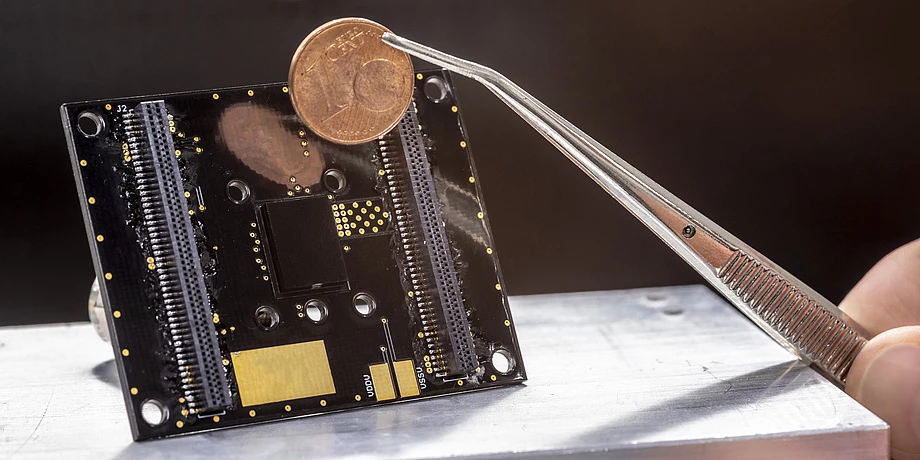Air pollution involving very fine dust, such as PM2.5 particles, poses a serious threat to human health. Scientists in Austria have developed what they call the smallest particle sensor in the world, designed specifically to detect these harmful pollutants and offer a highly localized picture of air quality by being integrated into wearables and mobile devices.
According to the World Health Organization, air pollution contributes to more than four million premature deaths each year. While PM10 particles with a diameter of 10 microns or less can also make their way into their lungs, the finer PM2.5 particles are even more dangerous, as they can penetrate the lung barrier, slip into the blood stream and, through chronic exposure, cause severe forms of cardiovascular and respiratory disease, along with other health problems.
Concentrations of PM2.5 particles can be gauged through monitoring stations positioned around cities and regions, in fact the US Environmental Protection Agency uses a nationwide network of these stations to track air quality trends. But scientists from Austria’s Graz University of Technology (TU Graz) have been working on a more cost-effective, compact and versatile solution that can alert individual users of dangerous conditions in real time.
The researchers teamed up with semiconductor manufacturer Ams AG and scientists at Silicon Austria Labs to take the instruments used in conventional air quality monitoring devices and shrink them down to the smallest size possible. The result of this effort was a sensor measuring 12 x 9 x 3 mm (0.47 x 0.35 x 0.11 in), a little smaller than a pair of Euro cent coins stacked on top of each other.

"The sensor is right at the limit of what is physically and technically feasible and involves a lot of tricks to function at this size." says TU Graz’s Paul Maierhofer, who led the research.
At this size, the sensor can readily be integrated into smartphones, smartwatches or fitness wristbands to monitor air for fine particulate matter in real time, and even alert the user when levels around them are dangerously high. The team imagines this helping users form healthy habits by offering a clearer picture of where pollution builds up in the their local area.
"For example, by avoiding particularly polluted routes when jogging or on the daily commute to work," says Alexander Bergmann, head of the Institute of Electrical Measurement and Sensor Systems at TU Graz and doctoral supervisor of Paul Maierhofer.
Further, the team says the sensor could also be used in the home or in outdoor local applications, and aim to make the sensor available at significantly lower cost than currently available solutions.
"Close-meshed and comprehensive monitoring of air quality has so far failed due to the size, complexity and cost of currently available measuring sensors," says Bergmann. "Our particle sensor fills a gap here."
Source: Tu Graz





